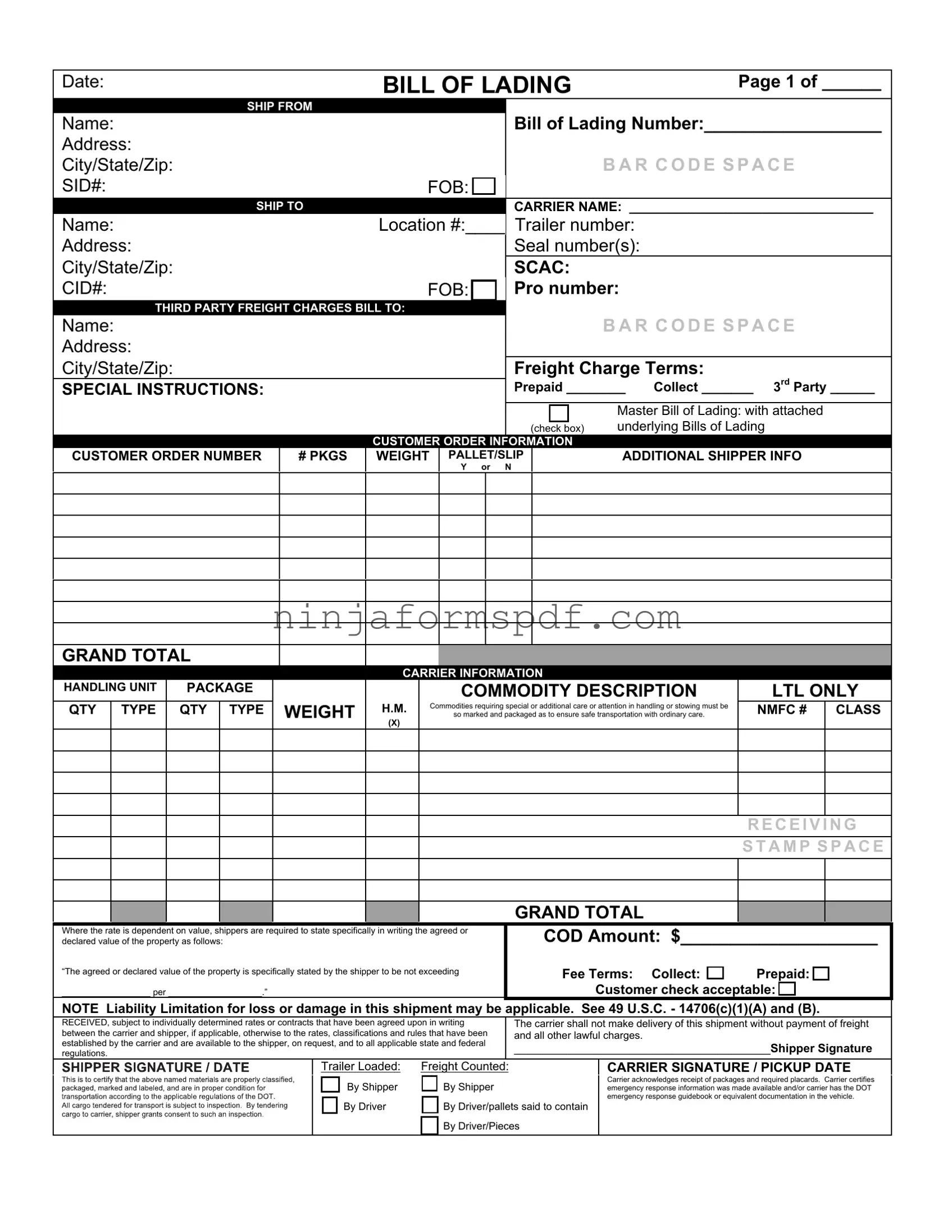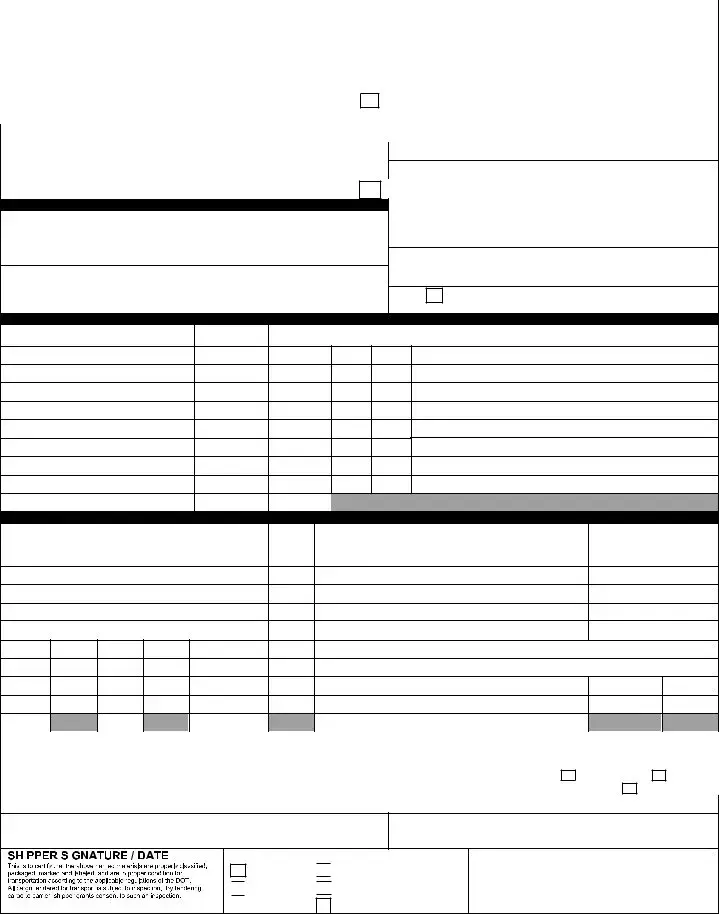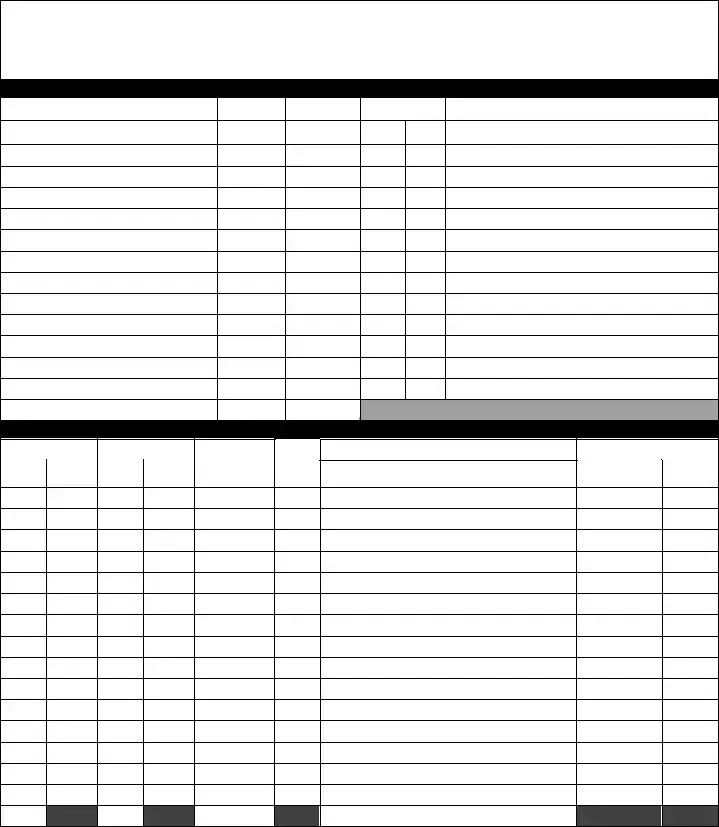The Waybill, often used in international trade, shares similarities with the Bill of Lading with a Supplement form. Both documents serve as a receipt for the shipment of goods, providing detailed information about the cargo, its destination, and the terms of shipping. However, unlike a Bill of Lading, a Waybill does not confer title to the goods, meaning it does not serve as a document of ownership. This difference significantly impacts the handling and final delivery of the shipment.
An Air Waybill (AWB) is akin to the Bill of Lading but tailored for air freight. It acts as a contract between the shipper and the air carrier, detailing the terms for transporting goods by air. Like the Bill of Lading, an AWB provides information about the goods, the consignor, and the consignee. However, an AWB is non-negotiable, which means it does not specify the ownership of the goods, emphasizing its role in tracking and receiving shipments rather than in ownership transactions.
The Seaway Bill also parallels the function of the Bill of Lading with a Supplement, albeit with a key distinction in its non-negotiable nature. This document is used in shipping but does not confer the right to claim ownership of the goods; instead, it simplifies the release of cargo to the consignee without the need for presenting the original document. The Seaway Bill thus streamlines the delivery process, particularly in trusted relationships between the shipper and receiver.
A Warehouse Receipt, akin to the Bill of Lading, acts as evidence that goods have been stored in a warehouse. It details the goods' description, quantity, and condition and can be negotiable or non-negotiable. In its negotiable form, it bears similarity to the Bill of Lading by allowing the transfer of ownership of the goods stored in the warehouse, underlining its role in securing financing or goods transactions.
The Packing List complements the Bill of Lading by providing a detailed breakdown of the shipment's contents. Although it does not function as a document of title or a contract for carriage, it is crucial for logistics and customs clearance, ensuring that all parties are aware of the exact nature and quantity of goods being transported. The Packing List supports the Bill of Lading by verifying that the shipped goods match the sales contract's requirements.
The Freight Bill, or freight invoice, resembles the Bill of Lading in its function of documenting the charges associated with the transportation of goods. However, its primary purpose is for billing and accounting, detailing the freight charges the shipper owes to the carrier. Unlike the Bill of Lading, the Freight Bill does not serve as a receipt for the goods or an indication of their condition upon shipment.
A Delivery Order, often issued under the terms set forth in a Bill of Lading, authorizes the release of freight to the rightful consignee. It functions similarly by facilitating the transfer process of goods from the carrier to the receiver, though it is specifically focused on the delivery aspect rather than the entire carriage contract. The Delivery Order thereby plays a pivotal role in the actual receipt of goods.
The Certificate of Origin, while distinct in purpose, complements the Bill of Lading by certifying the goods' country of origin. This document is essential for customs clearance and determining tariffs, but unlike the Bill of Lading, it does not detail the terms of shipping or act as a receipt. Its significance lies in its role in international trade, affecting duty rates and trade agreements.
A Bill of Exchange resembles the Bill of Lading to some extent since it represents an unconditional order by one party to another to pay a specified sum of money. Used primarily in international trade for transactions, it aligns with the Bill of Lading in facilitating commerce, albeit focusing on payments rather than the physical carriage of goods. The ability to endorse and transfer a Bill of Exchange reflects the negotiable nature of the Bill of Lading in financial transactions.
Last, the Inspection Certificate, often required along with the Bill of Lading, verifies the goods' quantity and quality before shipment. This document ensures that the goods shipped meet the specifications agreed upon by the buyer and seller, similar to how the Bill of Lading guarantees that the carrier has received the cargo as described. Although focused on a different aspect of the trade, its role in affirming the condition and specifications of goods complements the assurance provided by the Bill of Lading.


 to certify that the above named materials are properly classified, packaged, marked and labeled, and are in
to certify that the above named materials are properly classified, packaged, marked and labeled, and are in proper condition for transportation according to the applicable regulations of the DOT.
proper condition for transportation according to the applicable regulations of the DOT.
 By Shipper
By Shipper
 By Driver
By Driver 
 By Driver/pallets said to contain
By Driver/pallets said to contain